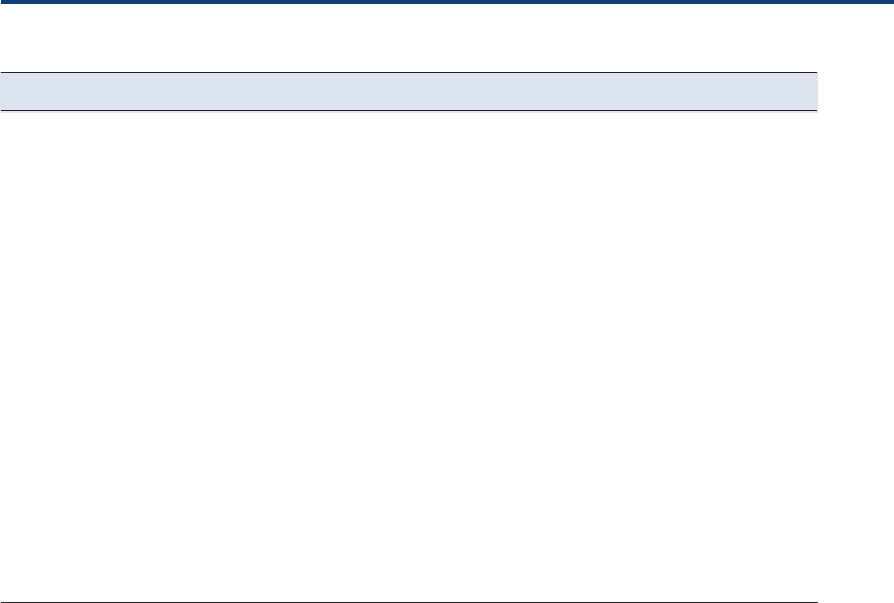
5-17
Operation - Advanced Use 5
Chaining Tasks
Because of the flexibility of the software many
combinations of the tasks are possible in your Method.
However, it is better to avoid certain combinations
of task such as Dispense followed by Dilution.
The reason is that Dispense distributes the fractions
into several tubes, whereas Dilute, Mix, and Rinse
operate on a tube by tube basis.
So, if Dilute follows Dispense, the software will first
dispense the number of fractions specified (into a
series of tubes), then one tube will be diluted, and
then the software will start the second dispense cycle.
When editing a Method containing (for example)
Dispense followed by Dilution, the software issues a
warning message indicating that it would be better
if Dispense could be placed at the end of the chain.
Parameter Minimum Maximum
Air-gap Volume (in Configuration) 0 Transfer-tubing Volume
Dilution Ratio (Dual-syringe) 1 100000
Dilution Ratio (Single-syringe) 1 500
Number of Serial Dilutions 1 12
Number of Reagents 0 12
Number of Fractions 1 12 if volumes are different, 99 if the same.
Number of Cycles (mixing) 0 12
Sample Volume (Vs) 0.1 Volume of transfer-tubing - air gap(s)
Reagent Volume (Vr) 0.1 Volume of transfer-tubing - air gap(s)
Diluent Volume (reservoir) 0.1 99.999 mL
Diluent Volume (via probe) 0.1 Volume of transfer-tubing - air gap(s)
Common Volume (reservoir) 0.1 99.999 mL
Common Volume (via probe) 0.1 Volume of transfer-tubing - air gap(s)
Total Volume (/) 0.1 99.999 mL
Total Volume (via probe) 0.1 Volume of transfer-tubing - air gap(s)
Extra Volume 0.1 100 µL
Final Volume (adjust via probe) 0.1 Volume of transfer-tubing - air gap(s)
Final Volume (adjust from reservoir) 0.1 99.999 mL
Flow Rate - Aspirate (mL/min.) 0.01 See page 5-31
Flow rate - Dispense (mL/min.) 0.01 See page 5-32
Software


















